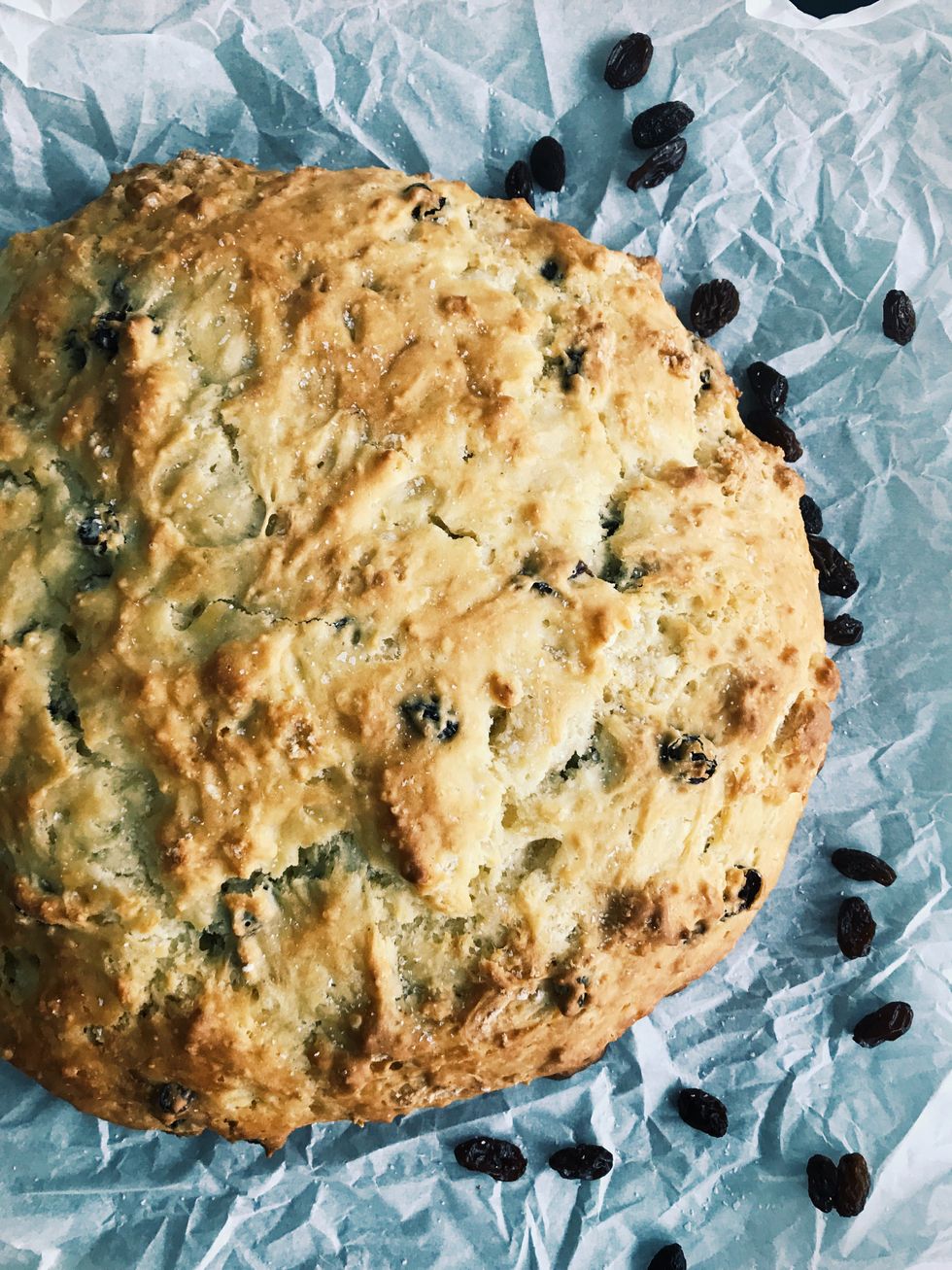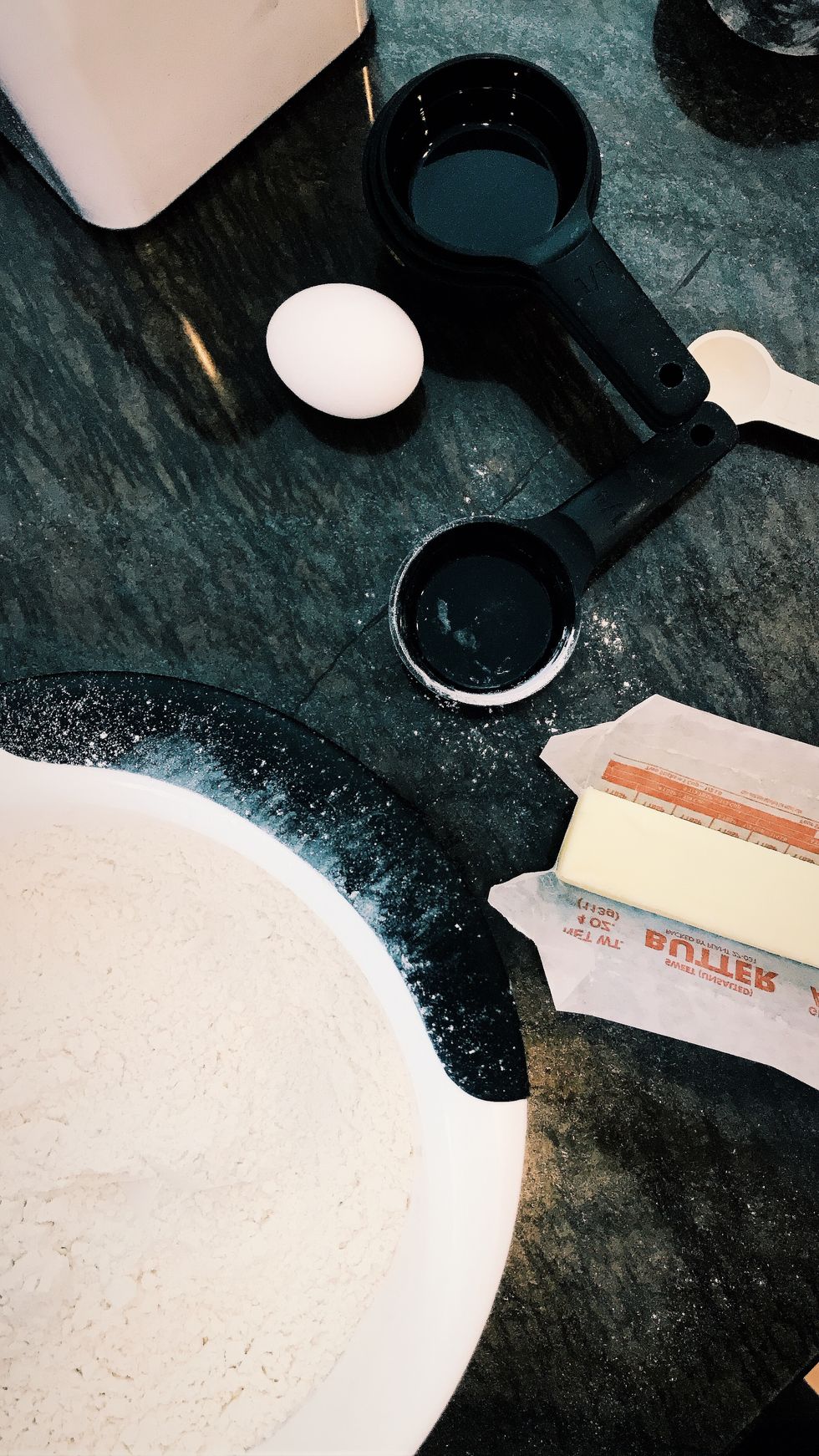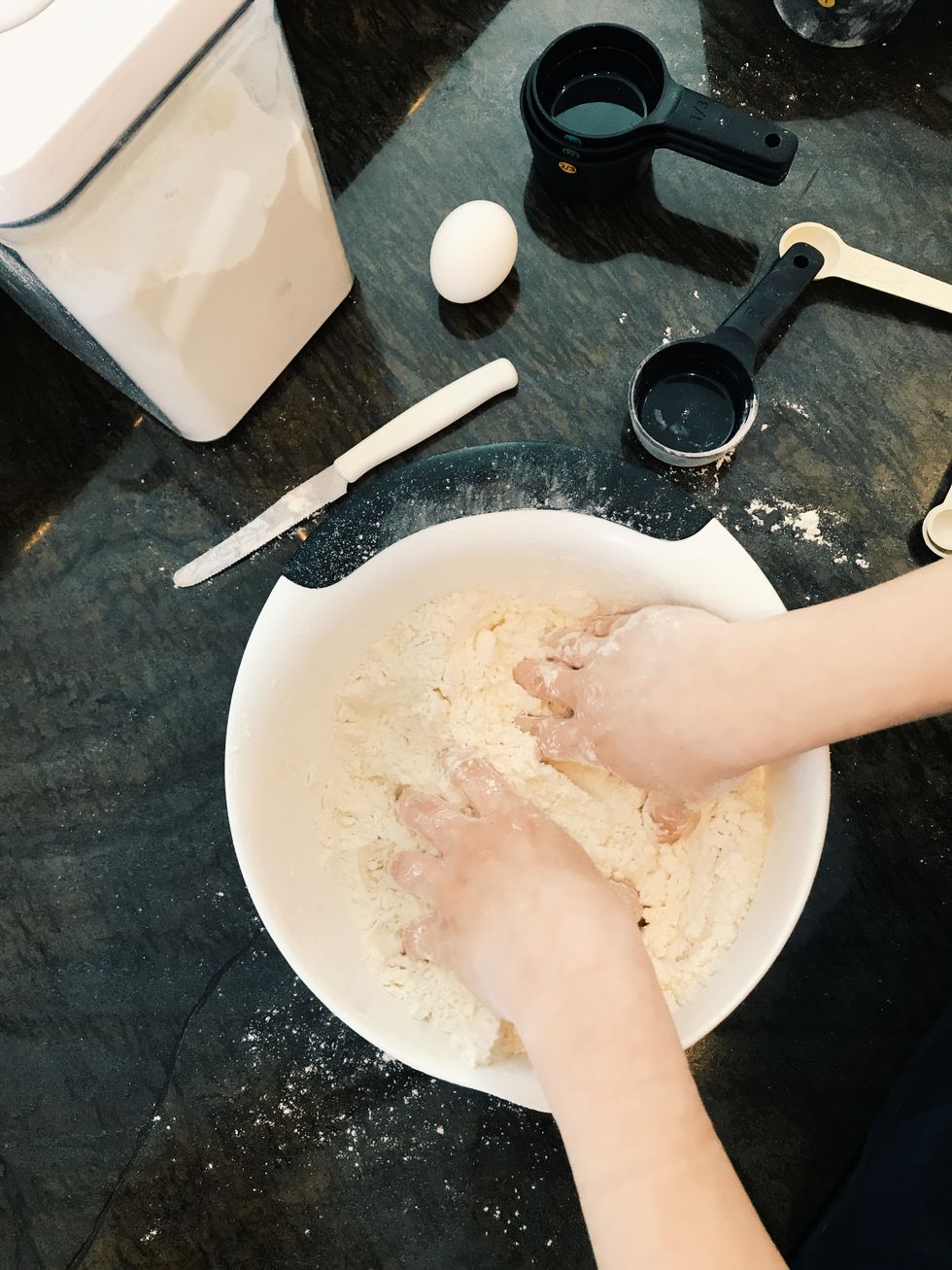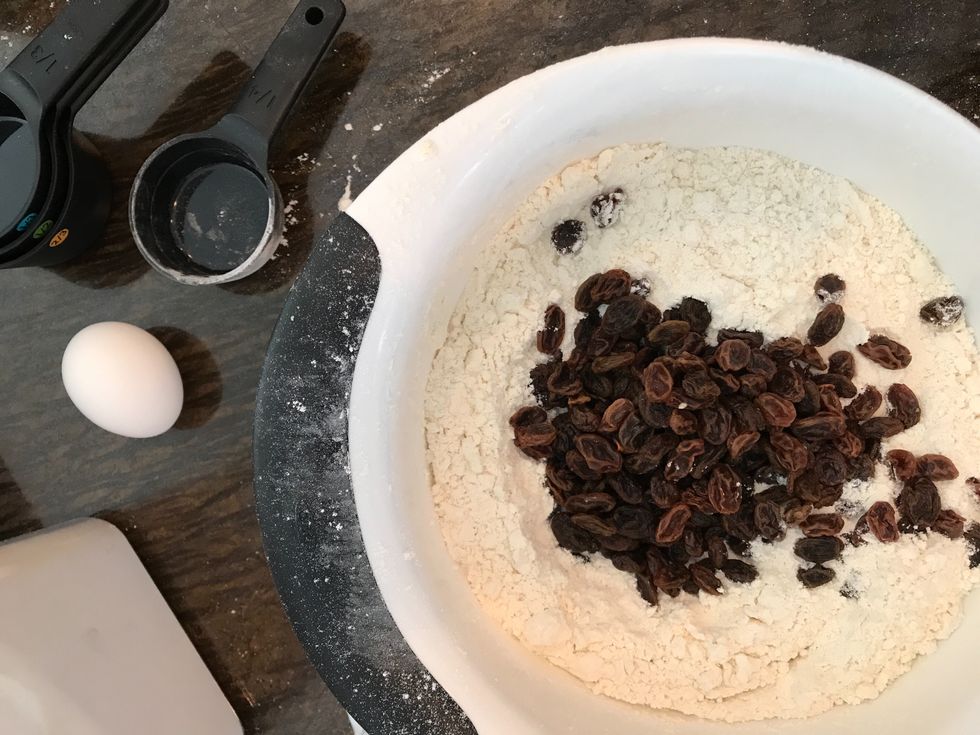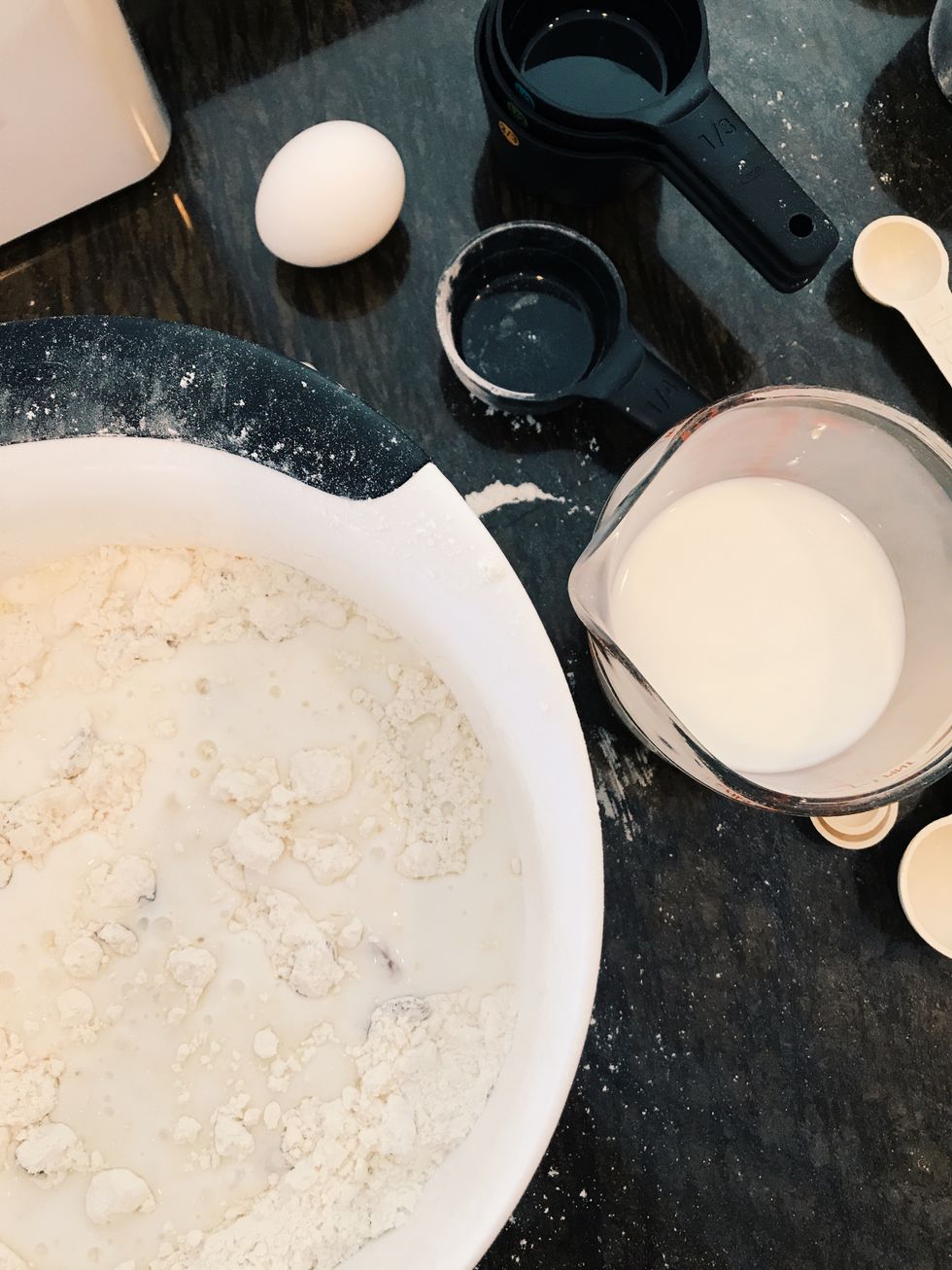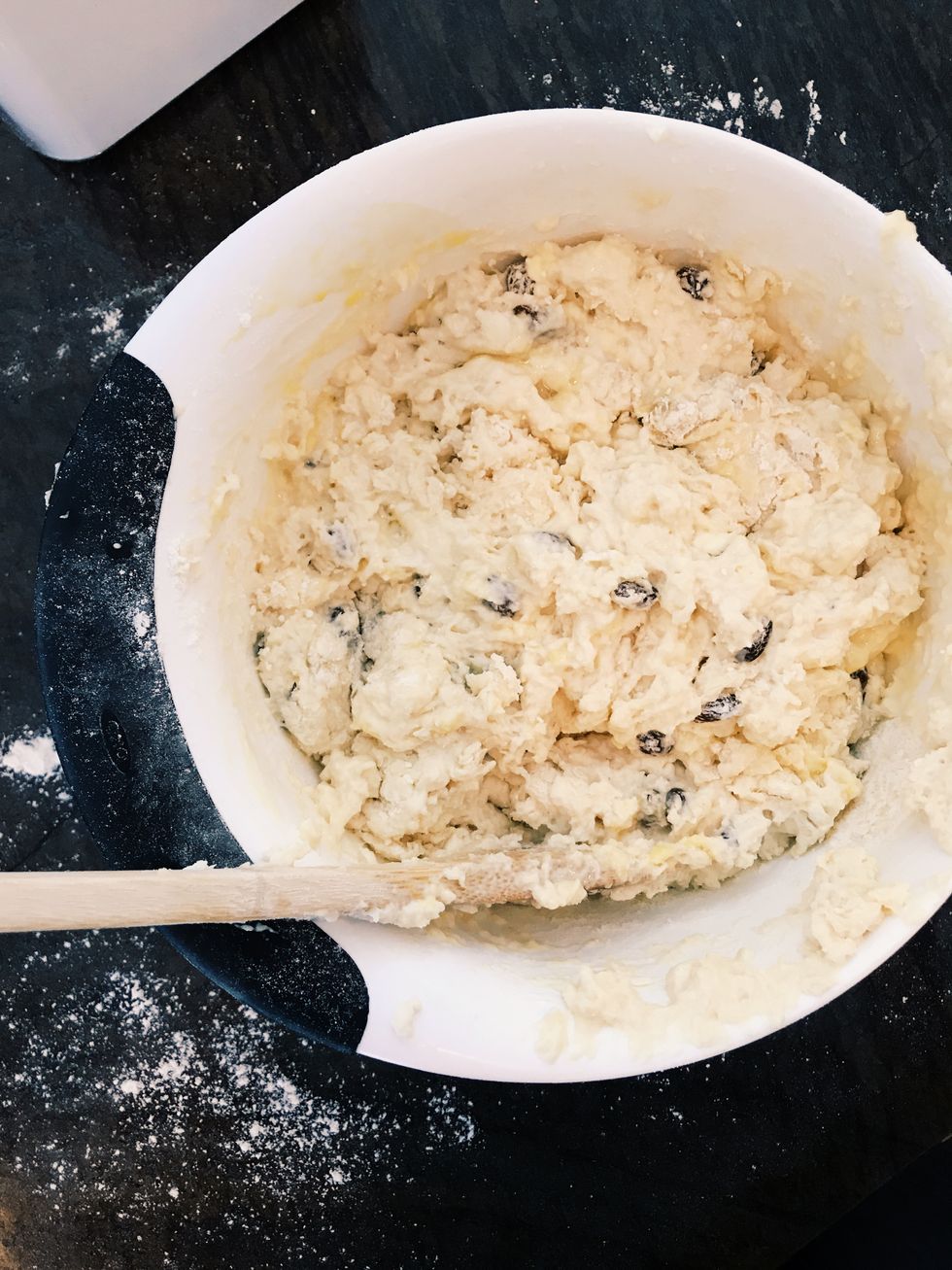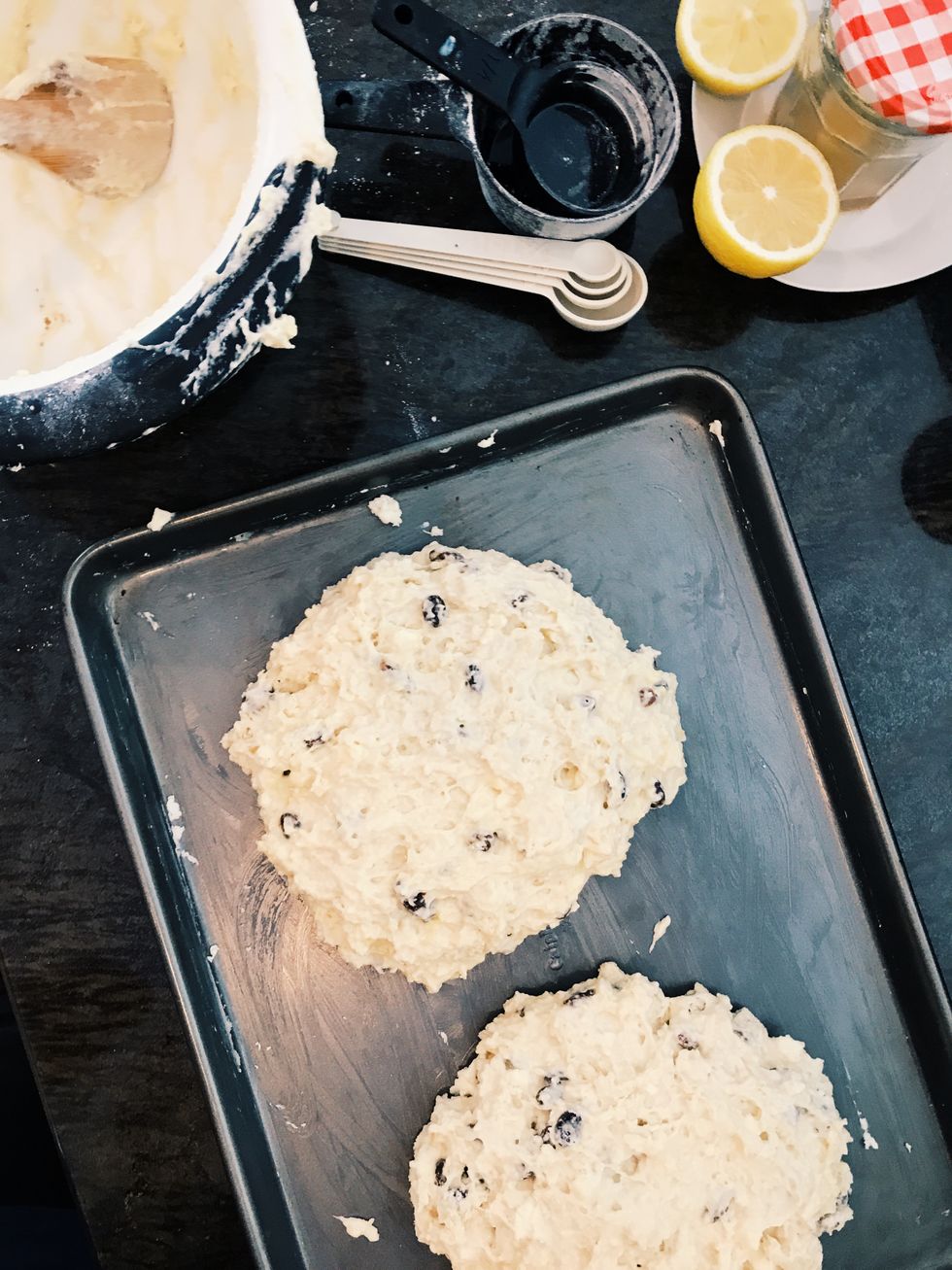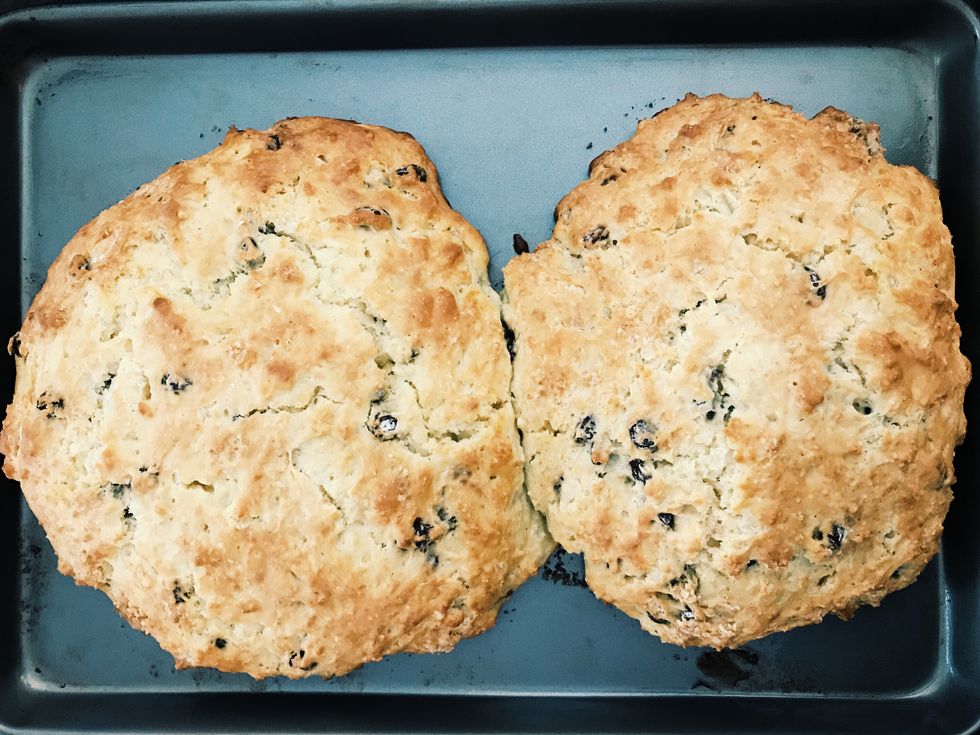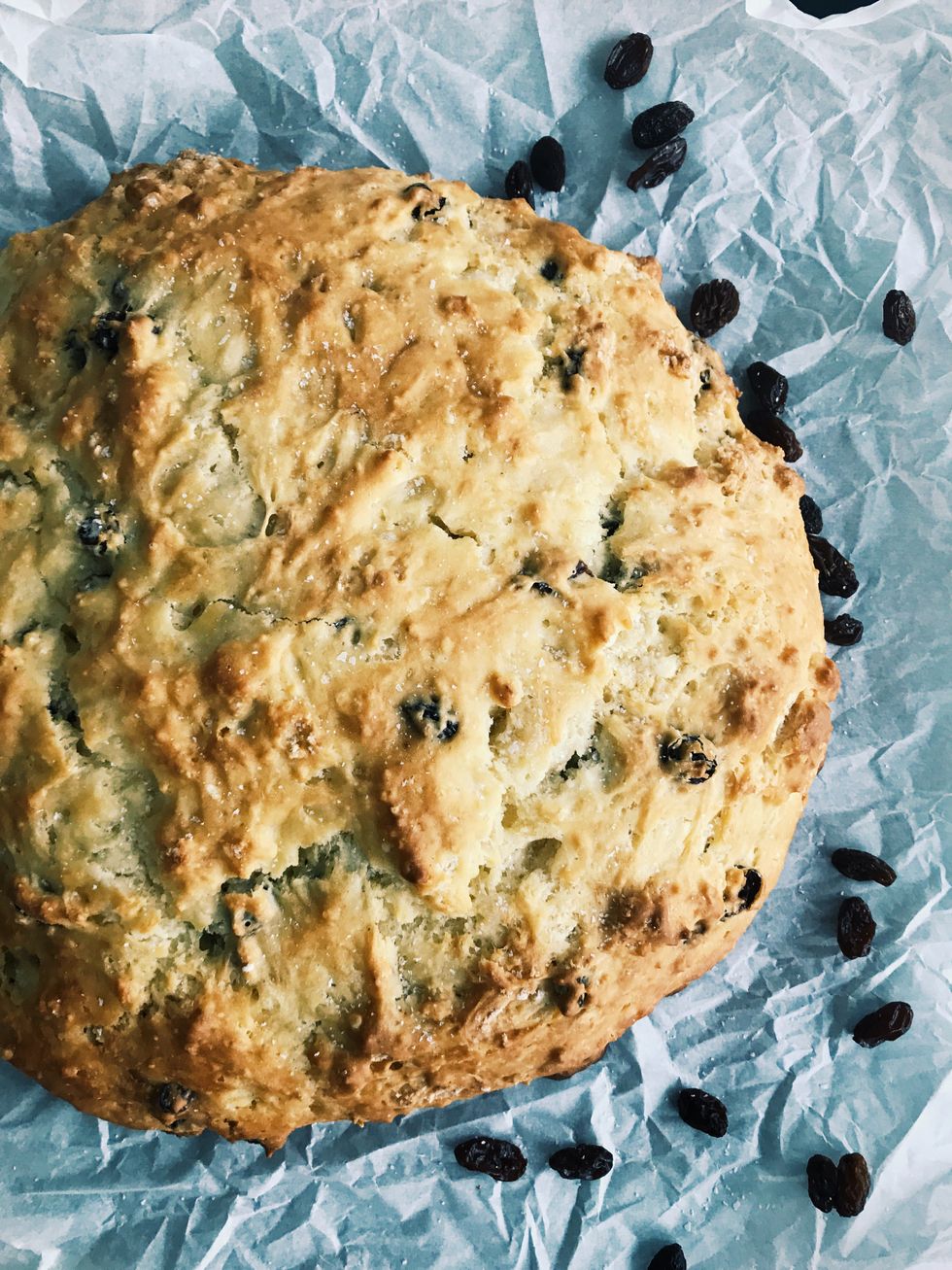Conventionally, we think of tradition as a longstanding event, experience or moment passed down through generations of family, holidays, and arguments and shared across tables, in front of fireplaces, or on the sprawling green of a Sunday in the park. They are the special occasions that are coveted because they are repetitive and bring a sense of comfort on the foundation that they are the relic of expectation and routine that humans tend to crave. The lack of them brings disappointment. Their presence means celebration.
This time last year--the week before St. Patrick’s Day during a snowstorm that was the lion of March on a street in Brooklyn Heights--a new friend reached out his hand. In it, a singed piece of thinning paper, scrawled with fading black ink and a script in the likeness of a quill pen. At the top, the words: “Irish Soda Bread." A recipe passed down through generations of Jesuit Priests, it is simple and reminiscent of a time when want was plenty and fulfillment was little. That same night, two loaves of soda bread began their signature bake. We sat in front of the oven and excitedly watched their robust rise as an enduring aroma permeated the house, signaling the introduction of a new tradition.
Step one: Combine the dry ingredients to form a floury and sugary mixture. Sifting the flour is a messy but necessary practice that ensures the finest grains for a silky smooth dough. Your bake will thank you later.
Step 2: Cutting in the cold butter is a tedious task that ensures the satisfying flake of the bread’s crust. Use your hands to combine the butter into the flour for a grainy texture. A touch of chaos is encouraged.
Step 3: Add the previously soaked raisins to the dry mixture. Soaking any type of fruit in water before you bake it into the dough will prevent the fruit from sinking to the bottom of the loaf and ensure an even distribution of said fruit throughout the bake. Mary Berry and Paul Hollywood taught me this one.
Step 4: Pour the buttermilk and a beaten egg over the batter to include some much-needed moisture. The buttermilk adds a pancake-like taste to the delectable dough. Beware of overmixing that destroys the leavening agents and prevents that perfect rise. Encourage your bread’s rising potential.
Step 5: Grease a cookie sheet with butter (lots and lots of butter) to ensure that your beloved bread has a free and easy release once it’s finished its work in the oven. Form two circular loaves. If your hands are sticky, you’re doing it right.
Step 6: Eat. Unapologetically. And to your heart’s content.
Traditions are not traditions because they are old, but because they define the inexplicable bond that we forge with those who surround us, whether in memory or in discovery. Our friend shared his tradition by welcoming us to begin a new one of our own. Pass it on.

